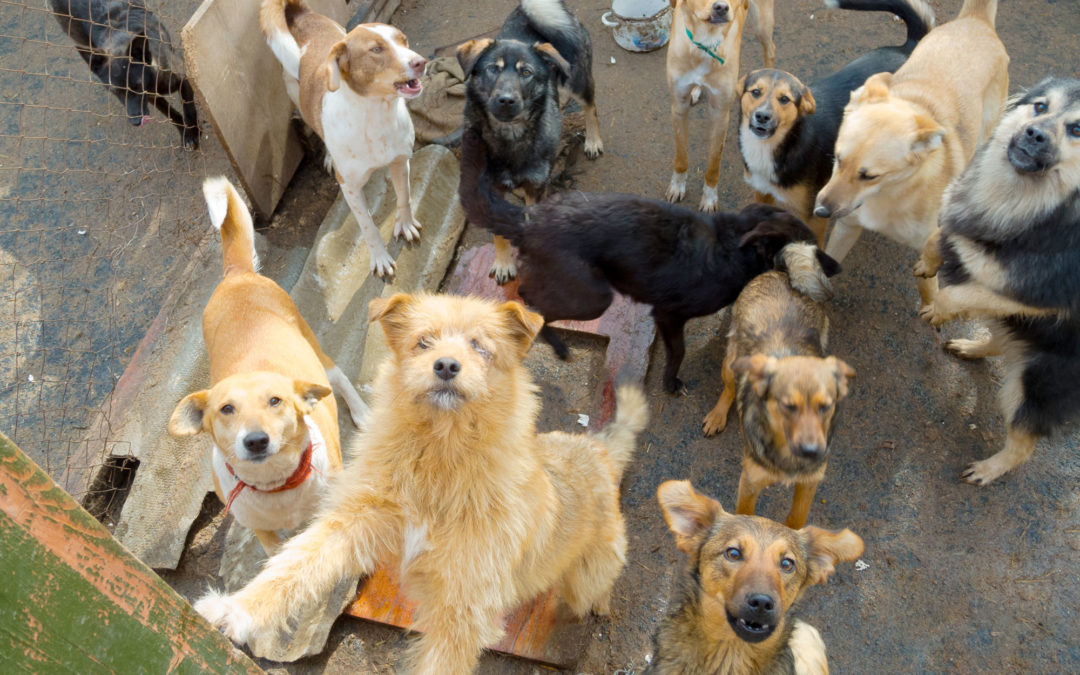If the decline in adoption rates corresponds to the United States pet ownership peaking, it could mean difficulties for the pet food industry.
In the latter half of 2023, pet adoptions declined when compared to the same months in 2022. At the same time, the number of pets surrendered to shelters also fell, according to data from animal shelter data management agency Shelterwatch, formerly PetPoint. For example, in December 2023, pet shelters reported 140,129 outcomes, which includes both adoptions and fostering. In December 2022, that number stood at 170,060. Intakes also declined from December 2023 (138,502) to December 2023 (109,524). Overall, from July through December, both intakes and outcomes declined. If the decline in adoption rates corresponds to the United States pet ownership peaking or stagnating, the pet food industry could face challenges.
Shelter Outcomes 2022 vs. 2023
January
2023: 161,491
2022: 150,309
February
2023: 138,487
2022: 135,395
March
2023: 156,173
2022: 153,344
April
2023: 144,106
2022: 147,132
May
2023: 161,531
2022: 157,704
June
2023: 177,898
2022: 177,690
July
2023: 179,440
2022: 194,937
August
2023: 169,800
2022: 195,564
September
2023: 151,800
2022: 179,837
October
2023: 152,891
2022: 182,638
November
2023: 140,619
2022: 172,829
December
2023: 140,129
2022: 170,060
Shelter Intakes 2022 vs. 2023
January
2023: 148, 564
2022: 140,038
February
2023: 132,598
2022: 130,666
March
2023: 161,767
2022: 158,780
April
2023: 161,830
2022: 168,913
May
2023: 197,538
2022: 194,103
June
2023: 193,903
2022: 198,943
July
2023: 164,364
2022: 188,082
August
2023: 158,920
2022: 198,751
September
2023: 147,880
2022: 185,057
October
2023: 145,401
2022: 179,918
November
2023: 125,548
2022: 163,229
December
2023: 109,524
2022: 138,502
Consequences of a declining or stagnant pet population
Shelter data provides one of the few sources of recent data about pet populations in the United States, since private sales of dogs, cats and other pets aren’t reported publicly and other population estimates won’t be available until later in the year. A declining or stagnant pet population in the United States could challenge the pet food industry in the United States and other developed markets worldwide.
One obvious consequence would be a reduction in the overall demand for pet food and treats. A diminishing pet population directly correlates with a decreased need for pet nutrition. This decline in demand could force pet food manufacturers to reassess their production volumes and inventory management strategies. Companies may need to streamline their operations to align with the reduced market size, potentially leading to cost-cutting measures. As seen in 2023, increasing pet food sales value may likewise raise revenues despite falling or stagnant volumes. However, pet owners’ willingness to pay more may reach a limit, even for superpremium products.
In the longer term, a stagnant or declining pet population could intensify competition among pet food manufacturers. With a smaller market to cater to, companies would vie for a larger share of the pie, potentially triggering price wars and heightened marketing efforts to capture the attention of the remaining pet owners.

